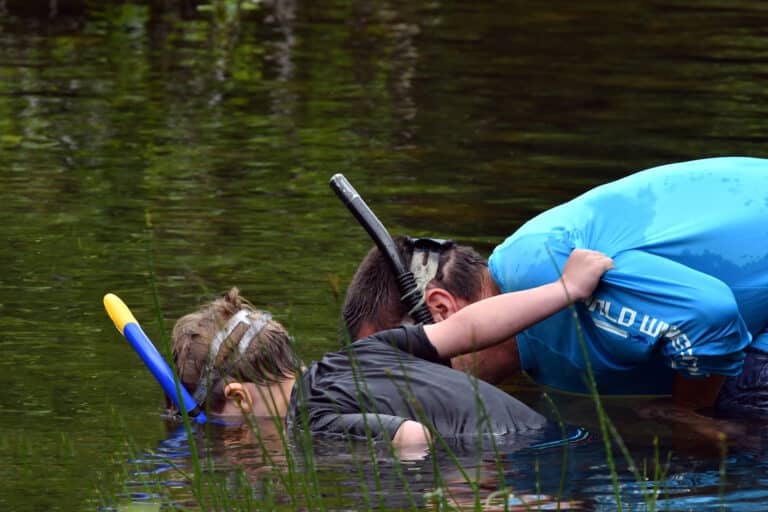Stand-Up Paddle Boarding Gives River Junkies a New View
If you’ve ever had the urge to walk on water, capturing that feeling may be closer than you think. Stand-up paddle boarding is emerging worldwide as the next big water sport, and the Southeast is on the leading edge of the growing phenomenon. A hybrid between surfing and kayaking, stand-up paddle boarding involves balancing on a long board and moving through the water with an extended paddle. Like kayaking, stand-up paddle boarding—also known as SUP or paddle surfing—is being enjoyed on a variety of water, from whitewater rapids and ocean waves to mellow backyard lakes and slow-running rivers.
“It’s the perfect blend of board sports and paddle sports,” says Luke Hopkins, an avid regional paddle boarder and owner of Ride Stride, a paddle board company in Blacksburg, Va. “I was a kayaker for years, but when I tried paddle boarding I had a new awakening. It was all about the freedom of motion.”
 Origins
Origins
The increasingly popular sport originated in Hawaii with the early days of surfing. At first, it was used as a way for surf instructors to get a better vantage point. By standing on a wider board, they could get distant views of swells to better assist novice surfers in catching waves.
The Board
Stand-up paddle boarding is relatively easy to learn on flatwater, due to the board’s increased width for stability. While a standard kayak is typically two feet wide, a paddleboard is usually 30 inches. Most boards are made with composite materials typical of a surfboard, but Hopkins has created a new design to withstand the rocky dings and shallow scrapes of backcountry river abuse. His boards are made from PVC fabric, akin to a whitewater raft. The high-pressure inflatable models weigh around 19 pounds and can be rolled up and toted into remote rivers in a backpack.
“Once I developed boards that were higher volume and much more durable, it opened up all sorts of possibilities on lakes and rivers,” says Hopkins. “I’m designing boards for adventure to push the limits on inland waterways.”
Get Started
Take a board out for the first time on calm flat water. Start by paddling on your knees to get a feel for the way the board handles. When you’re ready to stand, get in a wide stance and take slow, gliding strokes. “Within minutes you’ll be wanting to paddle harder and faster,” says Hopkins. “You will definitely fall off, but one of the best things about this sport is you can hop right back on the board without hassle. It’s not like a kayak that fills up with water.”
Paddle Boarding Scene
Small stand-up paddle boarding hot spots are popping up all over the South. Coastal scenes are thriving in Virginia Beach, Charleston, S.C., and North Carolina’s Outer Banks. Kitty Hawk Water Sports rents boards and hosts a race every Monday night. In the D.C. area, a growing number of paddle boarders are starting to frequent the flat waters of the C&O Canal as well as the churning rapids of Mather Gorge just below Great Falls. Hopkins has started using his board to run bigger water on the New and Gauley Rivers in West Virginia. Boards are also being used as vessels for easy access to deep water solo climbing on Summersville Lake.







